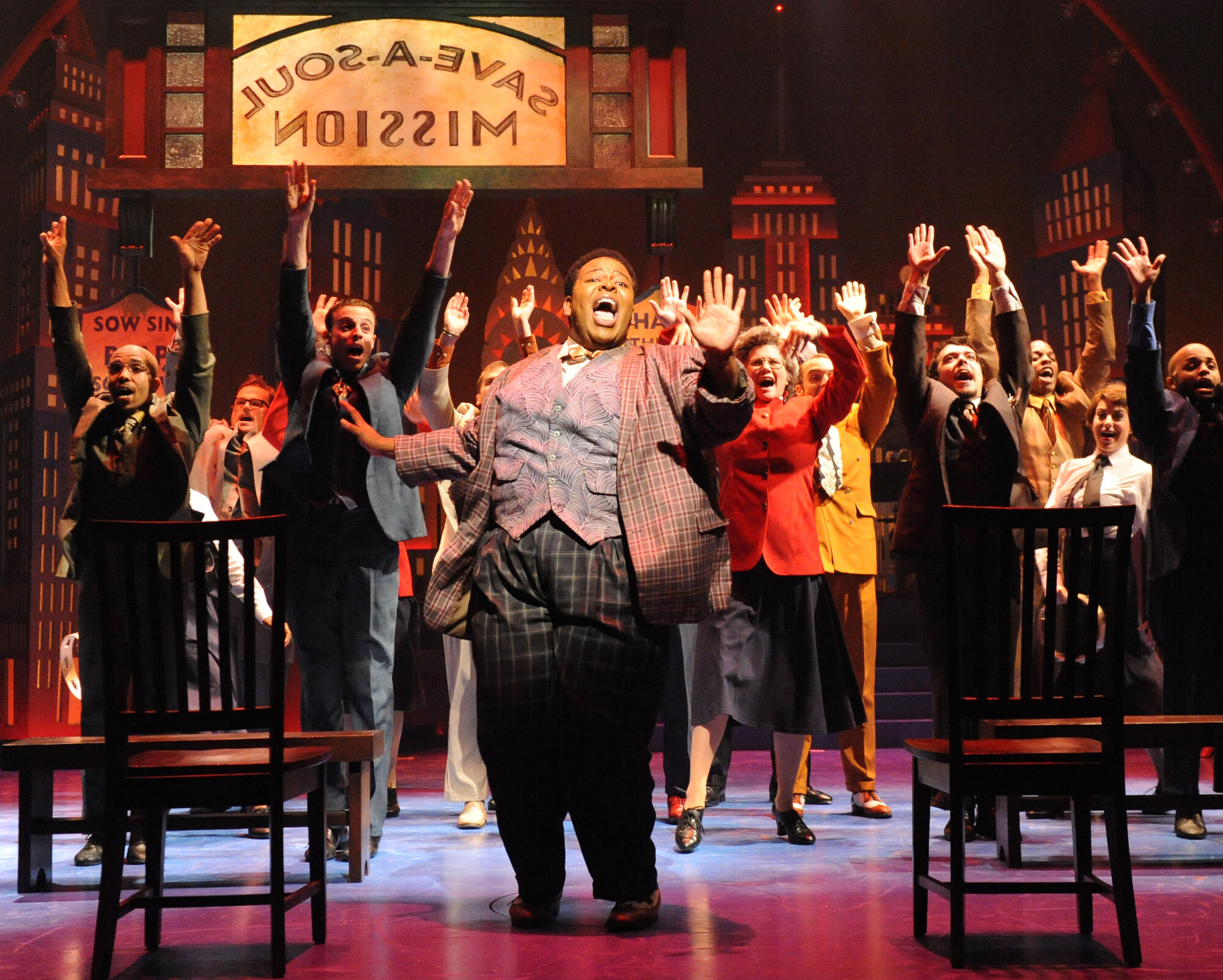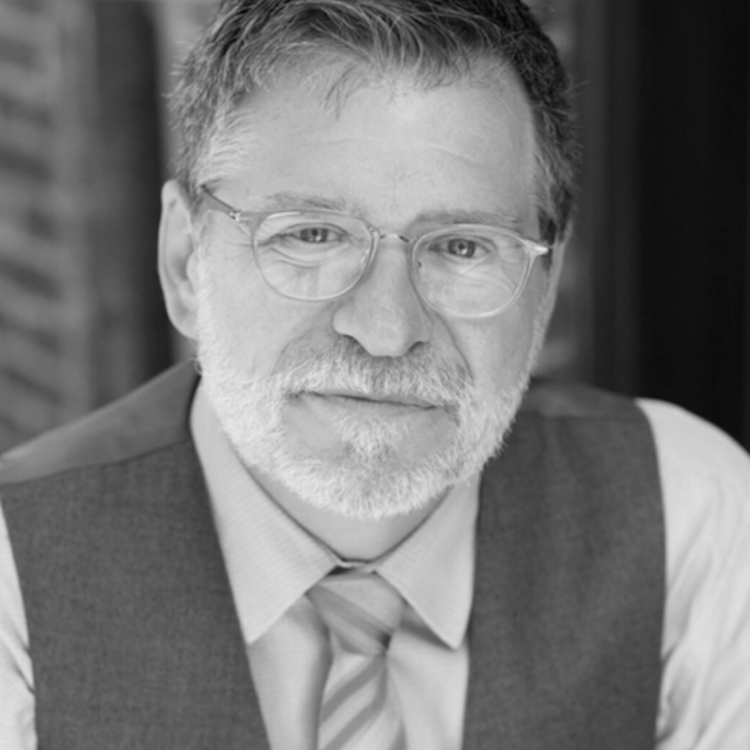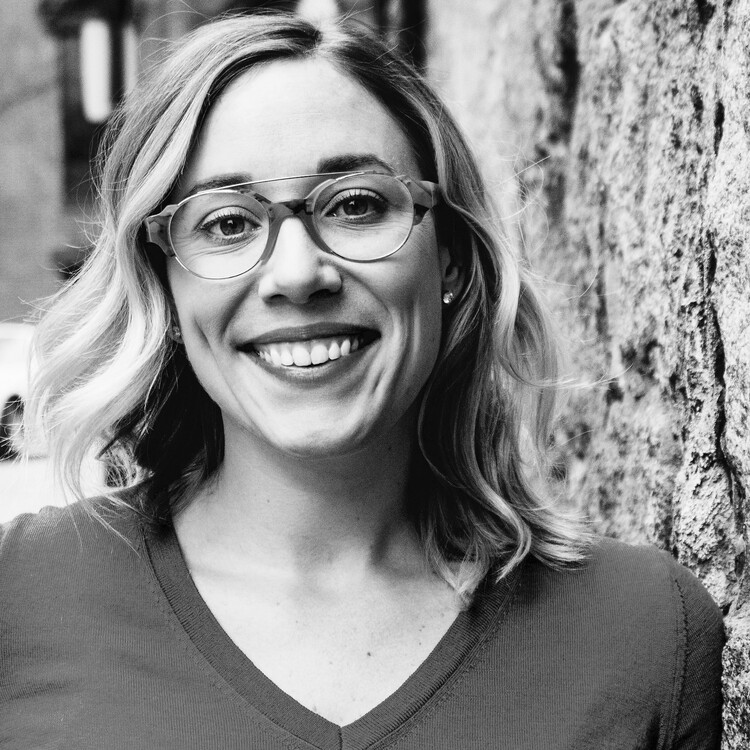I implore all leadership to take up self-care, because we live on islands by ourselves. Our names become synonymous with the organization’s names and we get blamed for everything, even if we don’t know about what happened. To be able to stand confidently and comfortably, knowing that you’re on this island by yourself, requires a tremendous amount of self-care and boundaries. We have to not be afraid to speak up.
Unless a light falls on somebody’s head, there are no theatre emergencies. It almost always works itself out.
Raymond: I think like that too. I try to take two hours for me a day, and I usually fill it with the gym or Netflix or reading a book I want to read or skimming through Instagram. Finding a community, as you say, is really important. I don’t think I could have gotten through this transition period without my partner, my therapist, and other artistic leaders who I can call and say, “Hey, can I talk this out with you?”
Having them do the same is actually quite relieving, because it helps put my own life into perspective. It makes me not feel so alone. It makes me know that I am a part of a network of a lot of people who also are experiencing, in their own ways, very similar things.
Michael: Given our unique experiences of being people of color leading organizations previously run by white people, what would help you be successful over the next six months?
Raymond: I love that question because it asks me to think from a place of plenty, where there is that amount to give. I’d venture to say that what I would need is a deeper connection to my community—other organizations, other institutions. I’d also need some demystifying around what it is to be in Anacostia, in Ward 8.
I’d also need access to resources. Everyone assumes that Theater Alliance, which has gotten a number of Helen Hayes Awards, is a company that does vital work. But we are often struggling with things like where we are going to rehearse. If other organizations have space sitting empty, it’s like, “Hey, let us use it.” I’m happy to work around their schedule.
Ultimately what I want most is folks to come. Our audiences aren’t matching the conversations that everyone is having.
The last thing I need is to discipline myself, to go, “Hey, Raymond, girl, sit down.” Like, why is it 6:00 in the morning and I’m up sending emails and going through my phone.
Michael: There is always a to-do list. It will never get completed. In my mind, unless a light falls on somebody’s head, there are no theatre emergencies. It almost always works itself out, but we put ourselves under a tremendous amount of stress.
Raymond: What are the things you think you need?
Michael: I would love executive coaching from a coach who is a person of color, who really has experience in—and this is an old term—integrating into a white community.
Raymond: My board has gone through a lot of growth, and it’s purposefully now predominantly people of color. There are opportunities there for that type of executive coaching, but I agree. I think that’s really smart.
I also want people to show up and give me a chance without baggage. To give me a clean slate, to not compare me to the last person, to not consider me a diversity hire but a person who is capable of this.
Michael: I also think funding would be helpful, funding specifically earmarked for a leadership transition to someone who’s a person of color. Because donors and patrons may walk away because of who you are and what you want to program.
The artists you want to bring in may not be in your area, so there are costs associated with that transportation and housing. The work and the time and the help to get more people of color from your community in the space all requires funding. I believe in a three-year rule. Every new program needs three years. I tell my staff all the time that if you’re going to bring me a new program idea, I want a three-year commitment. The first year is building it, the second year is seeing what worked and then tweaking, and the third year is building on the success.
I also want people to show up and give me a chance without baggage. To give me a clean slate, to not compare me to the last person, to not consider me a diversity hire but a person who is capable of this. I wish there was a way for people to jump in 100 percent. People are jumping in, but it’s with caution. I think the staff is really excited, but the board has gone through a lot. The search was exhausting for them. In some ways they may be a little worn out.
Raymond: I want to yes all of that. Can I have all those things, too?
Michael: There are so many of us moving into leadership positions. American theatre is changing right now. What a great time for us to be leaders of an organization. I think these days will be in the history books.
How do we all come together and take care of each other? Who’s out there who can help us?
Raymond: I wonder if there is a world in which we create that network, because it is so, so, so important.
Michael: Even just to know someone on the other side of the planet or the country is going, “Hey, how are you doing?” If that community could come together in some profound way, to check in with each other now and again, and share resources.
Raymond: That’s how we are all going to get through and improve the field and make space for future leaders of color.







Comments
The article is just the start of the conversation—we want to know what you think about this subject, too! HowlRound is a space for knowledge-sharing, and we welcome spirited, thoughtful, and on-topic dialogue. Find our full comments policy here
Love this place already.
So thrilled to be a part of these conversations.